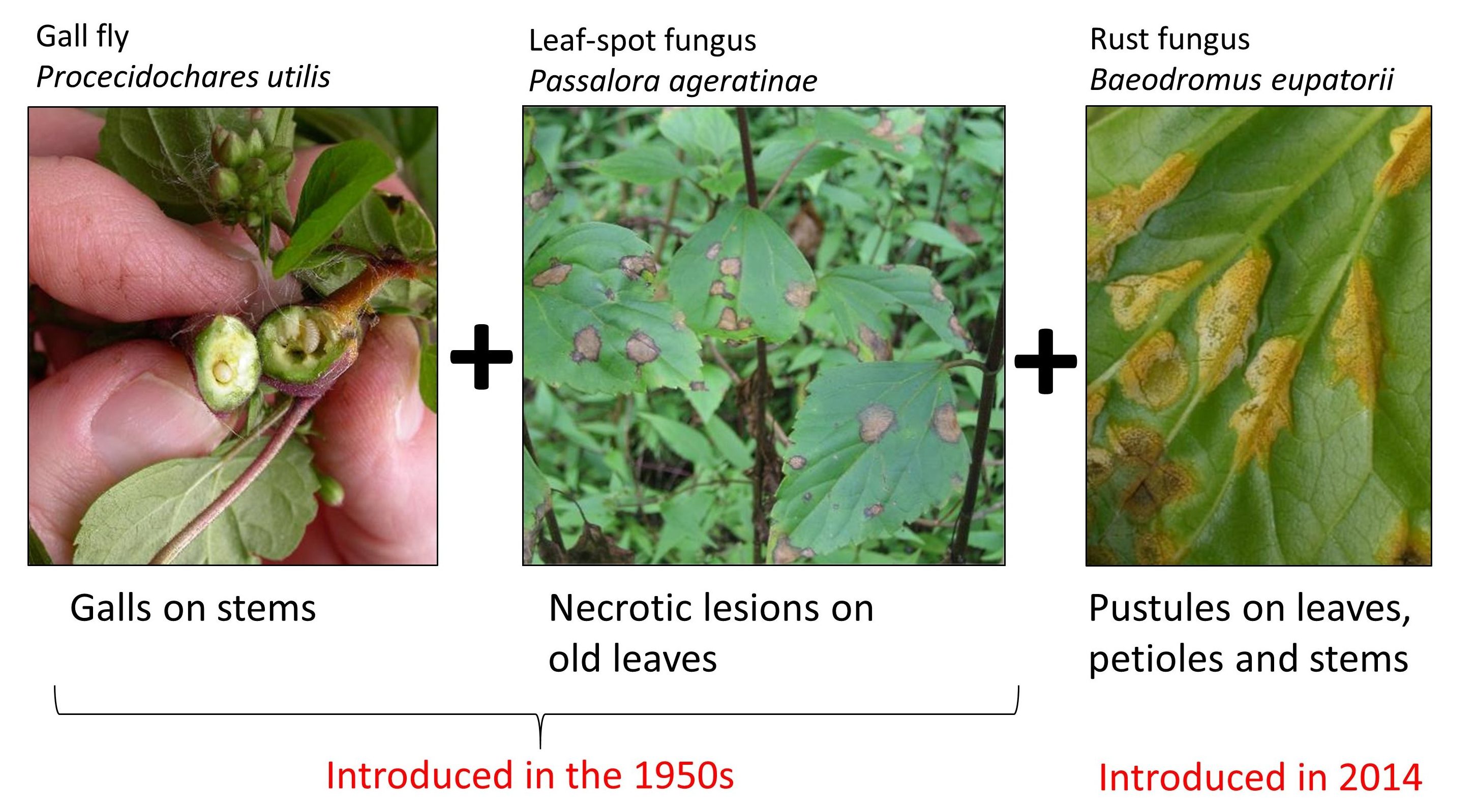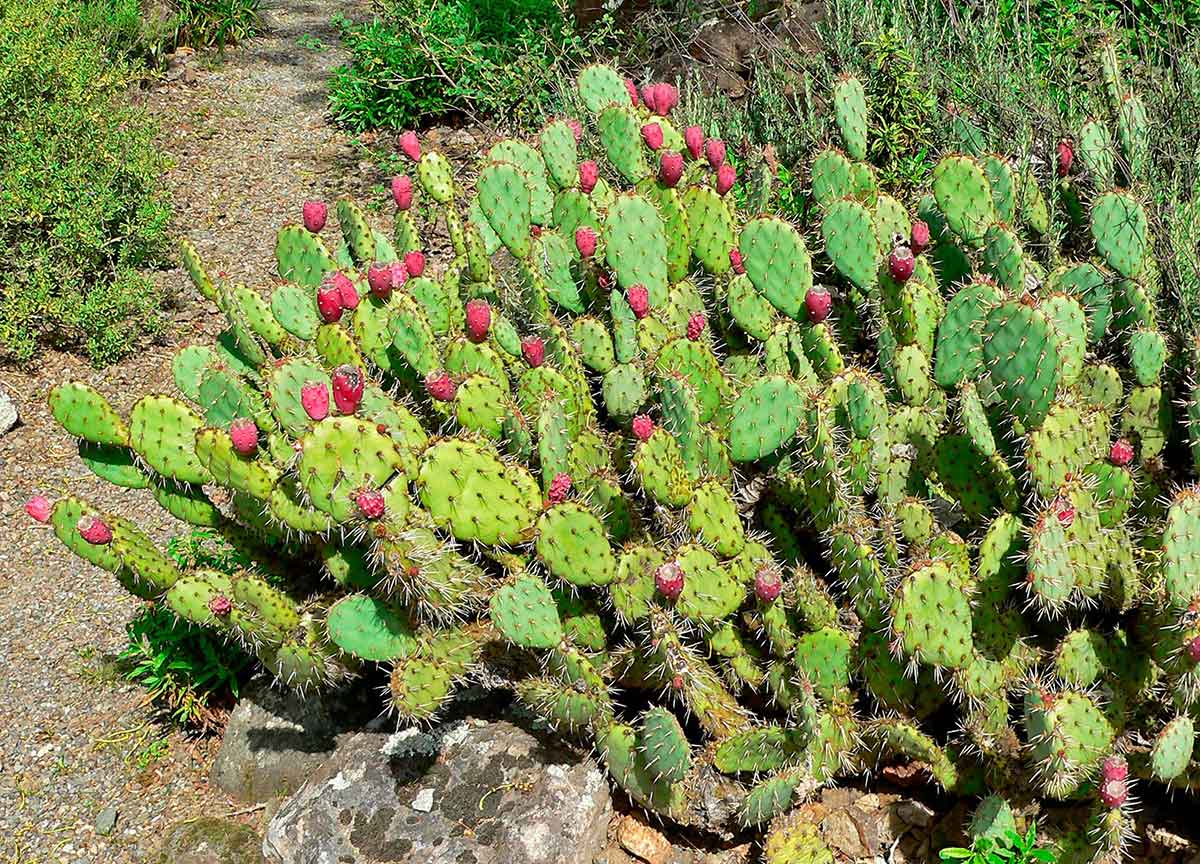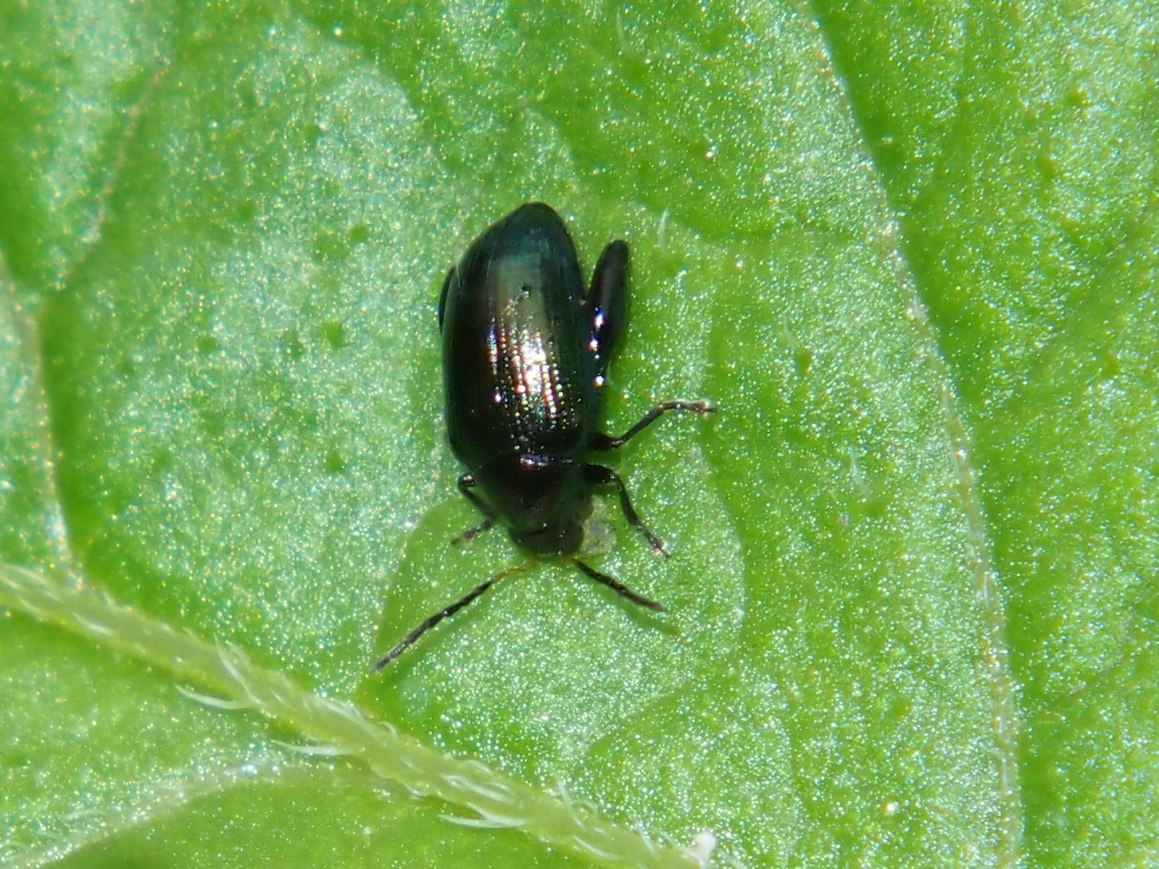
Successful Biological Controls for Weed Management in Australia
Harnessing Nature's Arsenal: Successful Biological Controls for Weed Management in Australia
Weed control is a constant challenge in Australia's diverse landscapes, from agricultural fields to natural ecosystems. While chemical and mechanical methods have traditionally been used, biological control offers a sustainable and environmentally friendly alternative or ally as part of a balanced Integrated Vegetation Management Plan.
In this article, we will explore the successful biological controls that have been implemented in Australia to combat invasive weeds, safeguard primary production and protect native flora and fauna.

The Concept of Biological Control
What Is Biological Control?
Biological control, also known as biocontrol, involves the use of natural enemies like insects, pathogens, or herbivores to manage weed populations. These organisms feed on or damage invasive plants, reducing their impact on the environment.
Benefits of Biocontrol
Biocontrol is a sustainable, cost-effective, and long-lasting weed management strategy. It reduces the need for chemical herbicides, minimises soil disturbance, and helps preserve native biodiversity.
Australia's Successful Biocontrol Programs
The Prickly Pear Story
One of the earliest and most celebrated biocontrol successes in Australia was the control of the invasive prickly pear cactus (Opuntia spp.) by the introduction of the cactoblastis moth (Cactoblastis cactorum) in the early 20th century. In 1926 it was estimated Opuntia spp. covered approximately 25 million hectares of otherwise productive land in Queensland and New South Wales making it unusable. Within 10 years of Cactoblastis moth release, it covered less than half of that.

The Leafy Spurge Flea Beetle
The leafy spurge flea beetle (Aphthona spp.) was introduced to combat leafy spurge (Euphorbia esula) in Victoria and New South Wales, successfully reducing infestations and allowing native vegetation to recover.

St. John's Wort and the Gorse Seed Weevil
Biocontrol agents, including the St. John's Wort beetle (Chrysolina quadrigemina) and the gorse seed weevil (Exapion ulicis), have been instrumental in controlling these invasive species across various regions in Australia.


Salvinia Weevil for Aquatic Weed Control
To combat invasive aquatic weeds like salvinia (Salvinia molesta), the salvinia weevil (Cyrtobagous salviniae) was introduced, helping restore the ecological balance in waterways.

Ongoing Research and Future Prospects
Expanding the Arsenal
Australian scientists and researchers continue to explore new biocontrol options for various invasive weeds, focusing on safety, specificity, and long-term efficacy.
Pre-screening and Evaluation
Before any biological control agent can be released into Australia it must undergo rigorous evaluation to ensure that the agent is:
-
Host specific and won’t present a threat to native ecosystems or primary production
-
Able to acclimatise to local conditions and maintain stable populations
-
Effective in controlling the host plant
Regular monitoring and assessment of biocontrol programs ensure that introduced organisms are having the desired impact on weed populations without causing harm to native species.
Climate Change Considerations
Climate change can influence the effectiveness of biocontrol agents and the spread of invasive weeds. Researchers are studying these interactions to develop adaptable strategies.
Australia's success stories in biological weed control demonstrate the power of nature in managing invasive plants. By harnessing the capabilities of carefully selected natural enemies, Australia has not only preserved its native ecosystems but also reduced the reliance on chemical herbicides.
Ongoing research and careful monitoring are essential to ensure the continued success of biocontrol programs and to address the evolving challenges posed by climate change and new invasive species. In the battle against weeds, Australia's commitment to sustainable and eco-friendly solutions serves as a beacon of hope for conservation and land management worldwide.
Additional content
VIEW GWS' ADDITIONAL CONTENT TO LEARN MORE ABOUT THE WEED INDUSTRY

Water pH and the Performance of Weak Acid Herbicides
Weak-acid herbicides must remain in their non-ionised (acid) form to move efficiently through the plant cuticle. When spray water is too alkaline, the herbicide molecule becomes ionised.
Read more
Towards Modern Vegetation Management: Solutions for Australia’s Linear Infrastructure
Understanding the Changing Vegetation Challenge Vegetation management across Australia’s linear infrastructure corridors is becoming increasingly complex. Roads, rail corridors, gas pipelines, elec...
Read more
Case Study: Parthenium Weed Hygiene
Introduction: The Necessity of Weed Hygiene Management Australia’s vast expanses and diverse land uses, from grazing pastures and cropping zones to natural bushland and urban corridors are u...
Read more

